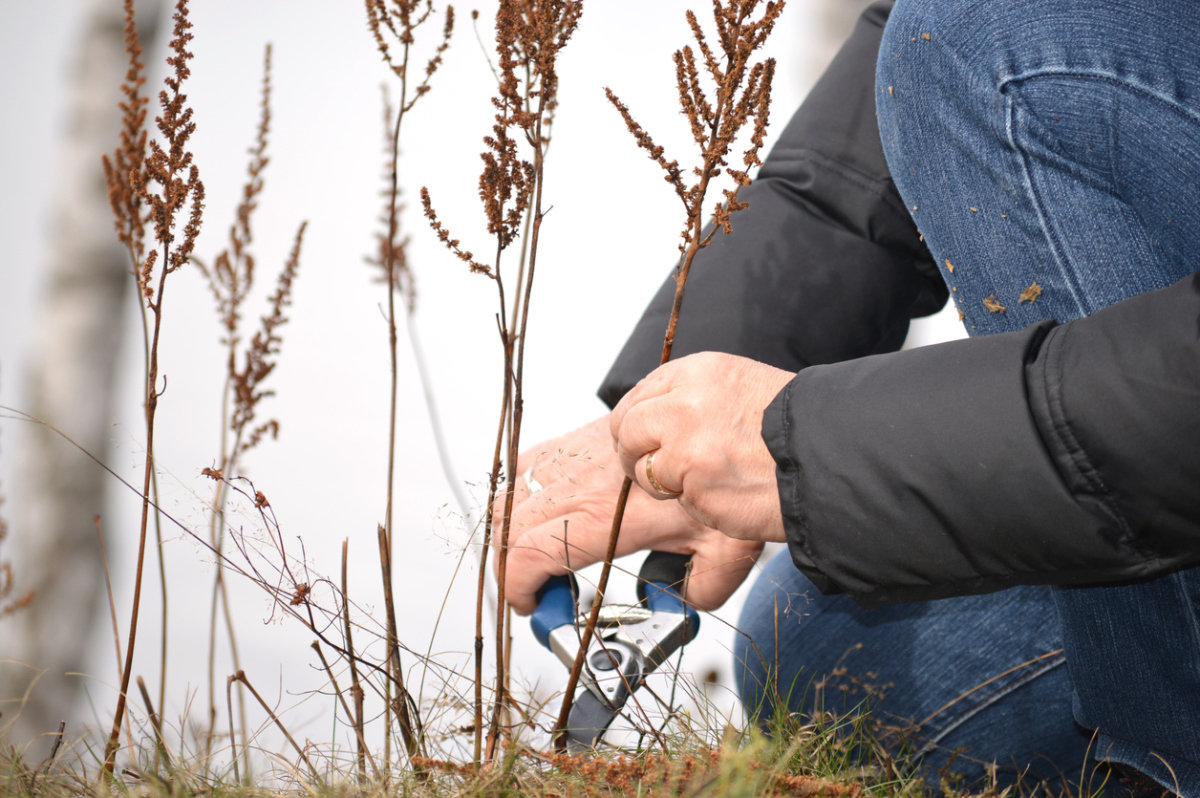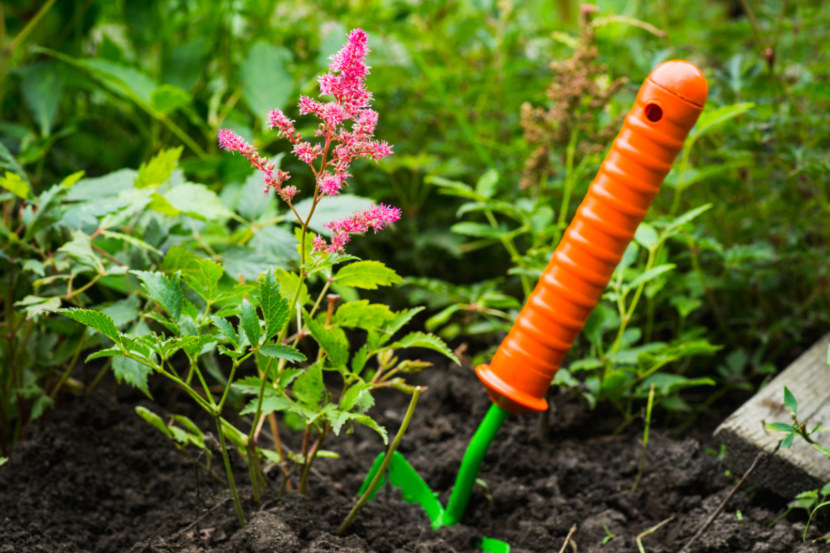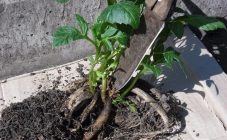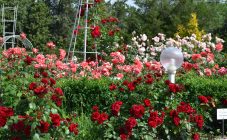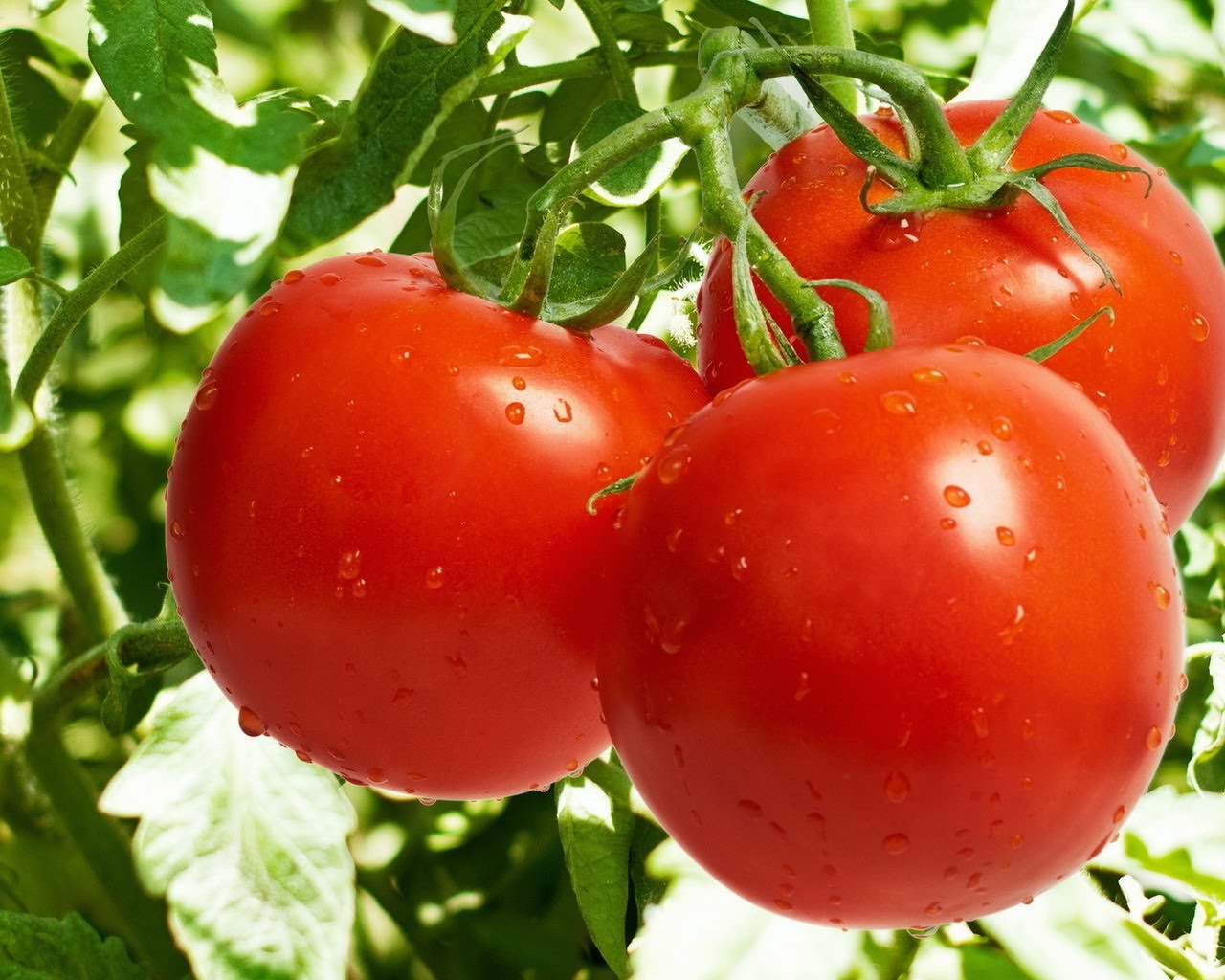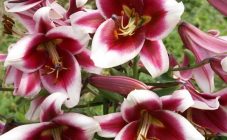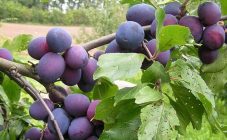Content:
Astilba is a unique flower with lush foliage and many inflorescences. It has about 40 species and even more varieties. It is distinguished by unique inflorescences of different colors, often pink. In addition to its aesthetic qualities, it has high frost resistance, shade tolerance and moisture resistance. It blooms throughout the summer until autumn (usually from late June to September), filling the garden and complementing it.
General rules for caring for astilba in the open field
In order for the plant to grow and please for a long time, you must follow the basic rules of care:
- The choice of the optimal landing site is necessary. Loose soils, rich in humus, work well. If natural humus is not enough, manure is additionally introduced into the ground.
- The optimal time to plant a plant is spring.
- In order to ensure the best possible development and growth of the flower, a competent supply of moisture is necessary.
- For good growth and better flowering, it is advisable to fertilize the soil around Astilba several times per season. When choosing a fertilizer for astilba, you need to focus on the growing season.
- Regular loosening and weeding will supply oxygen to the flower.
By completing all the prescribed actions, the gardener will be able to grow a beautiful flower.
Why fertilize plants
First of all, astilba fertilization is aimed at preserving its unique beauty by maintaining abundant flowering.
In addition, well-chosen fertilizers will fill the soil with all the necessary nutrients, which, when entering the plant, will ensure its growth and development, improve both aesthetic and functional characteristics.
General rules for fertilizing astilba look like this:
- The use of fertilizers begins in the second year after planting.
- For the first time, it is better to feed astilba in April.
- The second time feeding of astilba occurs at the time of the ripening of the inflorescences - as a rule, this is June.
- The third time - at the end of flowering - in the fall.
How to feed astilba after flowering
Immediately after the end of the flowering process, a phosphorus-potassium composition, as well as nitrogen, is introduced into the soil. This is done, as a rule, before the first frost. The purpose of this dressing is to saturate the soil with minerals that are beneficial for the flower. Such fertilization will help preserve the roots during the cold season, as well as ensure the growth and development of leaves for the next year.
How to feed Astilba in the summer? During this period, she needs minerals that can help cope with flowering and the best option is bait. It is necessary to use potassium and phosphorus fertilizers.
Top dressing of astilba in summer is aimed precisely at abundant flowering, since buds and inflorescences form in the early summer months. As already mentioned, potassium-based fertilizers improve flower formation and have a beneficial effect on the flowering process.Means are introduced into the soil or use solutions for watering and spraying. Strict adherence to the concentration of substances and the regularity of procedures will ensure healthy plant growth.
Types of dressings and fertilizers
There are the following main types of fertilizers:
- Phosphorus based. Aimed at maintaining the root system.
- Potassium based. Promotes abundant flowering due to the accelerated formation of buds and inflorescences.
- Nitrogen based. They affect both the development of parts above the ground - leaves and buds, and help in maintaining the root system.
In order to feed the plant, organic and mineral fertilizers can be used equally.
Top dressing applied to the soil to improve its properties is conventionally divided into two groups:
- Basic. It is usually added in autumn and spring, preferably early. They are mineral components based on all the same nitrogen, potassium and phosphorus.
- Auxiliary. They are used for spraying, but they cannot replace a full-fledged fertilizer and will not cope with serious plant diseases.
Groundbaits are produced in liquid and solid forms.
Tips and tricks from experienced florists and gardeners
Below are tips, from planting to growing, to help preserve your plant.
- Experienced growers advise using bionyx or a mixture of bone meal and humus when planting.
- If the soil is not well enough moistened and does not cope well with water retention, hydrogel capsules will save.
- It is best to finish planting by sprinkling the surface with chopped sawdust.
- It is advisable to add humus to the soil three times a year.
- It is imperative to make groundbait every season in accordance with the expected result: strengthening of the root system, abundance of flowering, etc.
With properly organized care, astilba will become an adornment of any garden and will warm the gardener's soul all summer. Knowing what fertilizers will provide abundant flowering, every beauty lover will be able to grow amazingly beautiful flowers on their site.
